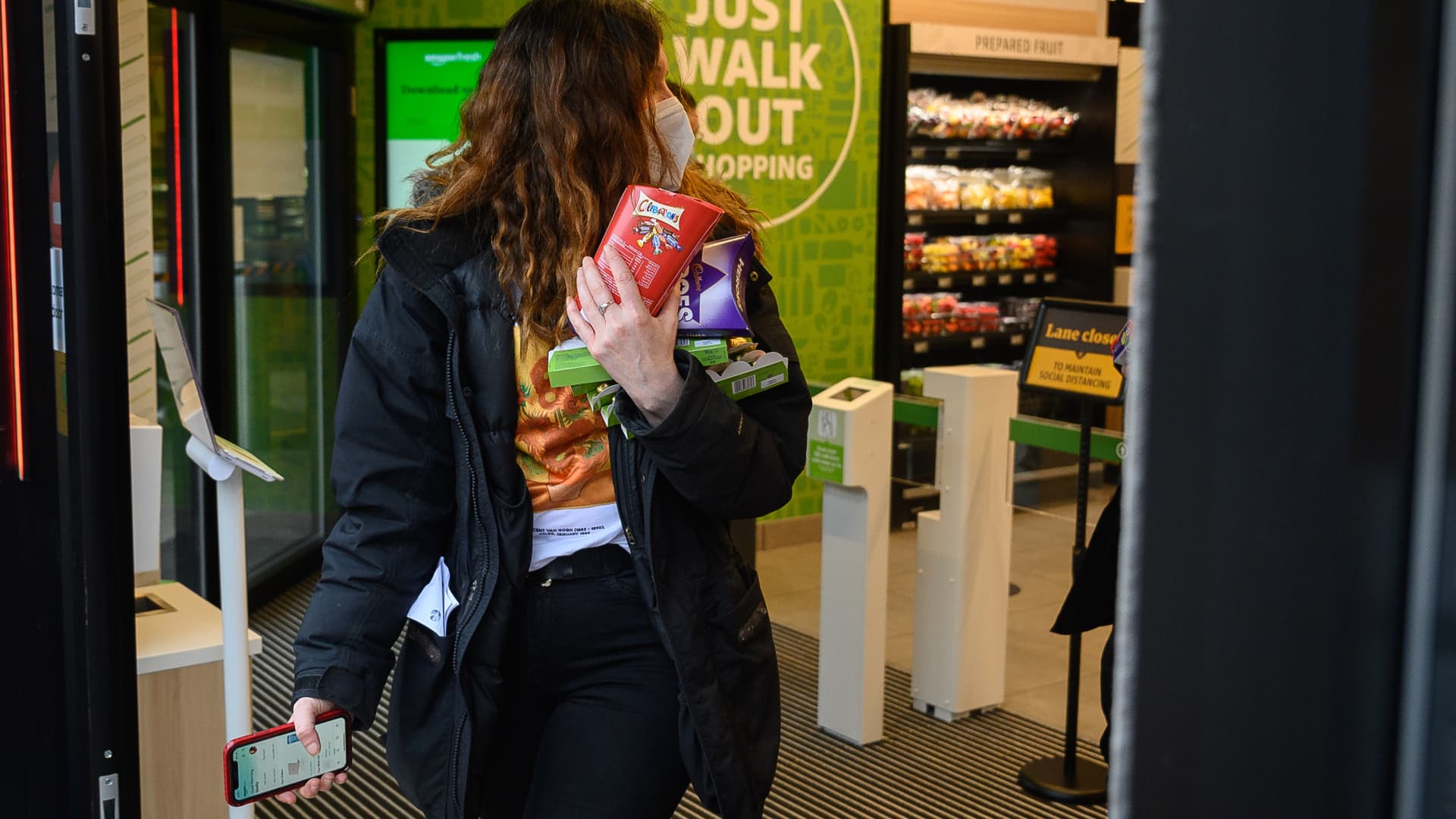Connected, But Alone: The Paradox of Innovation in a Hyper-Digital World
We’ve never been more connected — yet never felt more alone.
Every second, billions of people are liking, swiping, sharing, and streaming. Smart devices link our homes, our cars, even our watches to an invisible web of constant communication. We can video call someone across the globe in seconds. But beneath all that connectivity, something human is quietly unraveling: our sense of real connection.
This is the paradox of our time — a world powered by innovation, but starved of intimacy. Technology has made communication easier, but not necessarily more meaningful. And as our digital lives grow richer, our emotional ones sometimes grow thinner.
Let’s explore how we arrived here, what it’s costing us, and how to reconnect without logging off.
1. The Age of Hyper-Connection
Technology has given us unprecedented access — to information, to opportunity, and to one another. From video conferences that span continents to online communities built around every possible interest, connection has never been easier.
But somewhere along the way, the line between connection and contact blurred.
We text instead of talk. We scroll instead of speak. We know what our friends ate for lunch but not how they’re actually feeling. The quantity of our connections has skyrocketed, but their depth has often diminished.
This is what sociologists call “the illusion of togetherness” — the feeling of being surrounded by people, even when you’re emotionally isolated.
2. The Echo Chamber Effect
Social media was meant to bring the world closer. Instead, it often narrows it. Algorithms feed us what we already believe, turning connection into curation. We’re surrounded not by diverse ideas, but by echoes of our own.
This digital filtering reinforces division and weakens empathy. When we don’t encounter differing perspectives, it becomes harder to understand — or even tolerate — others.
The result? We’re more connected digitally but more fragmented socially. We’ve built a global network of voices, yet we’re losing the art of listening.
3. The Cost of Constant Availability
Innovation promised freedom. But instead of freeing us, our devices have made us perpetually available — to work, to notifications, to the demands of an always-on world.
The average person checks their phone over 100 times a day. Emails arrive around the clock. Social media apps are designed to trigger dopamine loops, rewarding us for every ping and swipe.
The result is cognitive fatigue — a constant low-level stress that drains focus, creativity, and emotional energy. We’re overstimulated but undernourished, digitally busy but emotionally burnt out.
Technology is supposed to serve us, but too often, we’ve become servants to it.
4. The Loneliness Paradox
According to multiple global studies, loneliness has become a public health concern — one that rivals smoking or obesity in its impact on wellbeing. Ironically, this epidemic has emerged during the most digitally connected era in history.
Why? Because connection requires vulnerability, and vulnerability doesn’t translate easily through screens. Online, we curate our identities, presenting highlight reels instead of raw realities. We compare our messy lives to others’ polished ones — and end up feeling inadequate or unseen.
We’ve mistaken digital validation for emotional intimacy. Likes and hearts mimic connection but don’t replace it.
5. Innovation With Intention
Despite all this, technology itself isn’t the enemy — disconnection is. The solution isn’t to abandon innovation, but to use it more intentionally.
Video calls can reconnect families across borders. Online forums can create belonging for those who feel isolated. Mental health apps can make therapy more accessible than ever.
But to truly benefit, we must design and use technology that enhances human connection, not replaces it. This means setting boundaries, choosing mindfulness over mindlessness, and reclaiming moments of quiet in a world that never stops buzzing.
6. Reclaiming Real Connection
Here’s the truth: meaningful connection doesn’t happen by accident — it’s built through presence.
- Be deliberate. Call instead of text. Meet in person when possible.
- Set tech boundaries. Schedule “no-screen hours” for rest and real interaction.
- Curate consciously. Follow people and media that uplift, inform, and challenge you, not just those who mirror your worldview.
- Use tech to empower, not escape. Let digital tools amplify your life, not distract from it.
The goal isn’t to disconnect from technology — it’s to reconnect with ourselves and each other within it.
Connection, Reimagined
We live in a time when innovation can bridge oceans, but it can also widen emotional gaps. The challenge isn’t in building smarter devices — it’s in becoming more intentional humans.
The next phase of progress won’t be about faster processors or bigger screens. It will be about designing lives — and technologies — that make us feel seen, supported, and truly connected.
Because in a hyper-digital world, the real revolution isn’t about staying online.
It’s about remembering what it means to be human.






